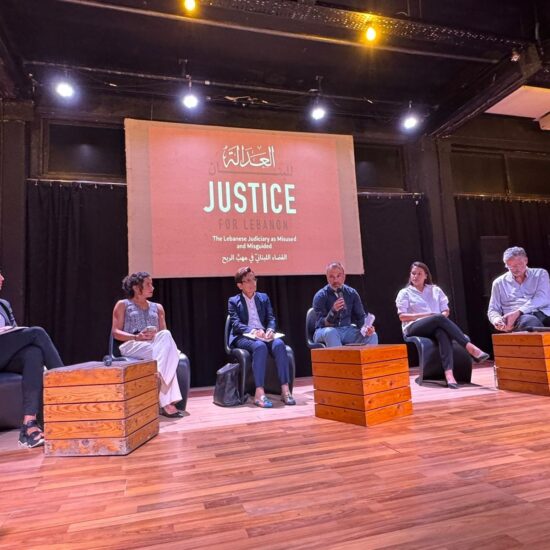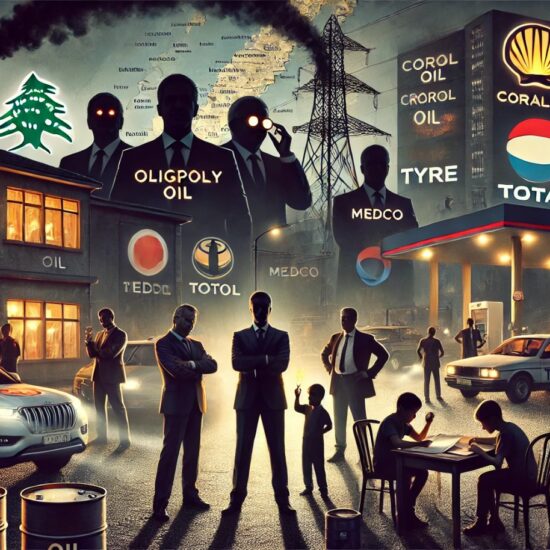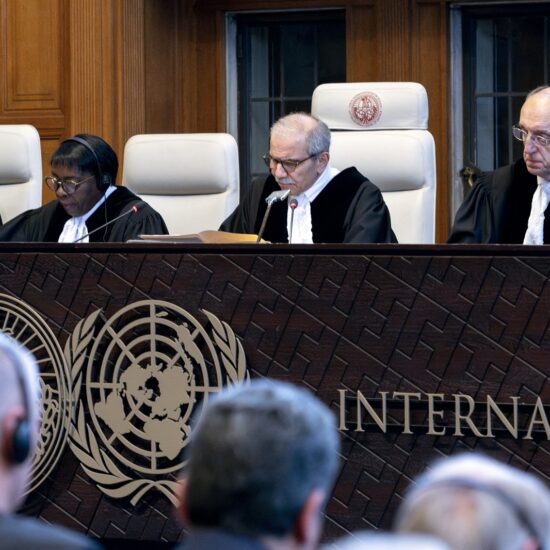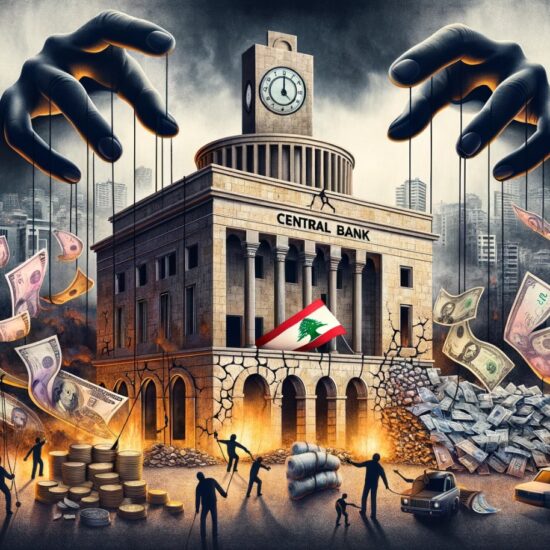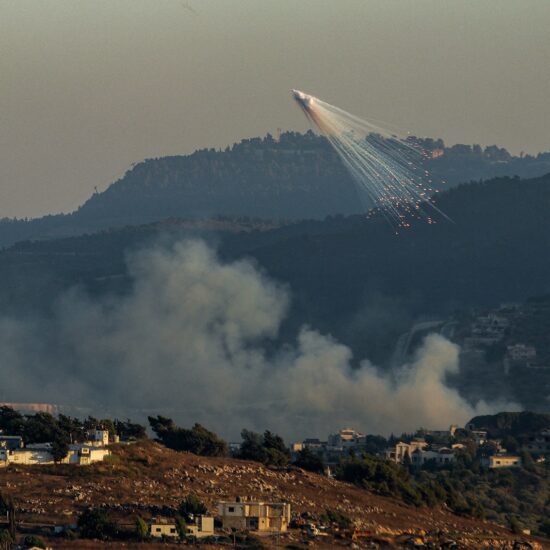
Navigating the complexity of global issues in an era of binary thinking.
In a world awash with information and myriad viewpoints, the allure of seeing issues in black and white is both comforting and straightforward. This binary perspective, dividing the world into clear-cut categories of right and wrong, good and bad, simplifies complex realities into manageable chunks. But what happens when this simplistic lens is applied to the landscape of global politics, particularly in regions like the Middle East?
Imagine a chessboard, with its pieces neatly aligned. At a glance, the game seems straightforward – two sides in opposition, each move clear and predictable. But what if, upon closer inspection, each piece reveals a unique story, a distinct set of motivations and histories? Suddenly, the game is no longer just black and white; it’s a spectrum of grays, each move influenced by layers of context and perspective.
This scenario mirrors our approach to understanding global issues. Often, what appears clear-cut at a distance becomes increasingly complex as we delve deeper.
The Allure of Binary Thinking
Binary thinking, the tendency to categorize issues into two distinct opposites, provides psychological comfort and a semblance of order in a complex world. It simplifies the vast array of information we encounter daily, making it easier to process and understand. This approach is also often reinforced by societal norms and narratives, which frequently present issues in a dichotomous format, encouraging us to pick a side.
However, this binary framework has significant limitations. It oversimplifies complex situations, ignoring the nuances and subtleties that are crucial for a comprehensive understanding. In politics, for example, this can lead to polarized viewpoints that overlook the multifaceted nature of issues and hinder constructive dialogue. Acknowledging the constraints of binary thinking is pivotal in adopting a more sophisticated understanding, vital for comprehending our multifaceted world. With this awareness, let’s consider how these principles manifest in tangible global situations.
Case Studies of Complexity
Cuban Missile Crisis: The Cuban Missile Crisis, beyond being a direct confrontation between the US and the Soviet Union, was a pivotal moment in the Cold War that involved the interests and responses of nations worldwide.
This crisis was not just a bilateral standoff but a global event that tested the limits of international diplomacy. It involved the UN, elicited reactions from allies and neutral countries alike, and set the stage for subsequent international arms control agreements. The resolution of the crisis relied not just on the decisions made in Washington and Moscow but also on the diplomatic pressure and contributions of other countries, highlighting the interconnected nature of global politics.
The US-China Trade War: This trade conflict extends beyond tariff exchanges, reflecting a struggle for technological and economic supremacy in a globalized world.
The ripple effects of this war are felt worldwide, impacting global supply chains, influencing international trade policies, and shaping the economic strategies of other nations. It underscores the interdependence of global economies and the far-reaching consequences of major powers’ policies.
Impact of Technology on Social Polarization: Social media’s influence transcends national borders, affecting political landscapes and societal dynamics globally.
Social media’s influence on public opinion and political dynamics is unmistakable, seen in its sway over elections and its power in igniting social movements across the globe. This scenario underscores how information, in today’s interconnected world, cascades across borders, significantly affecting societal unity and the workings of democracy everywhere.
With these global examples in mind, what happens when we apply this understanding to Middle Eastern politics?
Perspectives and Context
In discussions on Middle Eastern politics, the concept of resistance against occupation and oppression can initially appear direct and unambiguous. Yet, a deeper examination of the roles and histories of groups like Hezbollah and Hamas reveals a far more layered story. While these groups position themselves as resistance movements against external threats, their histories include authoritarian tendencies and adherence to religious doctrines. This raises questions about the nature of their resistance, especially when it conflicts with broader principles of diversity and democratic values. The announcement of Hamas forming a new militia in Lebanon is particularly concerning, given Lebanon’s history of civil strife linked to Palestinian armed groups. This move rekindles apprehensions about the potential for renewed conflict in a country still healing from its past. It illustrates how the idea of supporting resistance becomes complicated when weighed against the potential consequences of such actions, making it difficult to view the situation in purely black and white terms. This complexity requires a nuanced understanding of the interplay between the ideals of resistance and the realities of power, politics, and societal impact.
The Role of Information
In understanding politics, especially concerning groups like Hezbollah and Hamas, the role of accurate information becomes critical. Media biases and selective reporting often frame these groups in binary terms – either as freedom fighters or terrorists, overlooking their multifaceted nature. Misinformation and simplified narratives can obscure their histories and current actions, leading to polarized perceptions. Given the sensitivities and historical contexts, it’s vital to critically evaluate sources and seek diverse, well-informed viewpoints. This scrutiny of information is essential for a better understanding that acknowledges the potential repercussions of these groups’ actions in the region.
Embracing Complexity
Navigating politics requires a keen understanding of its complexity. These entities (Hamas and Hizbullah) are not just political players; they are deeply woven into the cultural, historical, and religious fabric of the region. Understanding them goes beyond binary labels of resistance or militancy. It involves examining their impact on societal dynamics, internal governance, and regional stability. Embracing this approach is essential for informed analysis and policy-making. It allows us to move beyond surface-level perceptions, engaging with the realities that define the region’s political landscape.
Approaching the issues of the Middle East requires more than a surface-level understanding. It demands a deep dive into the details, a journey beyond the apparent simplicity of narratives.
In an era often dominated by oversimplification, this detailed perspective is indispensable for truly informed discourse and decision-making in global politics. The question remains, can we learn to see beyond black and white?
Ramzi Abou Ismail is a political psychologist and researcher at the University of Kent.



